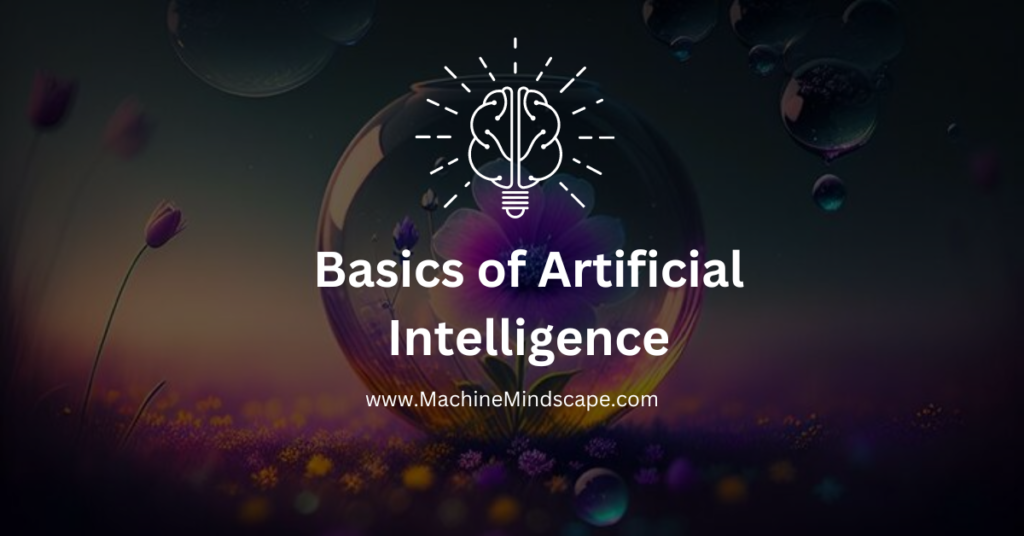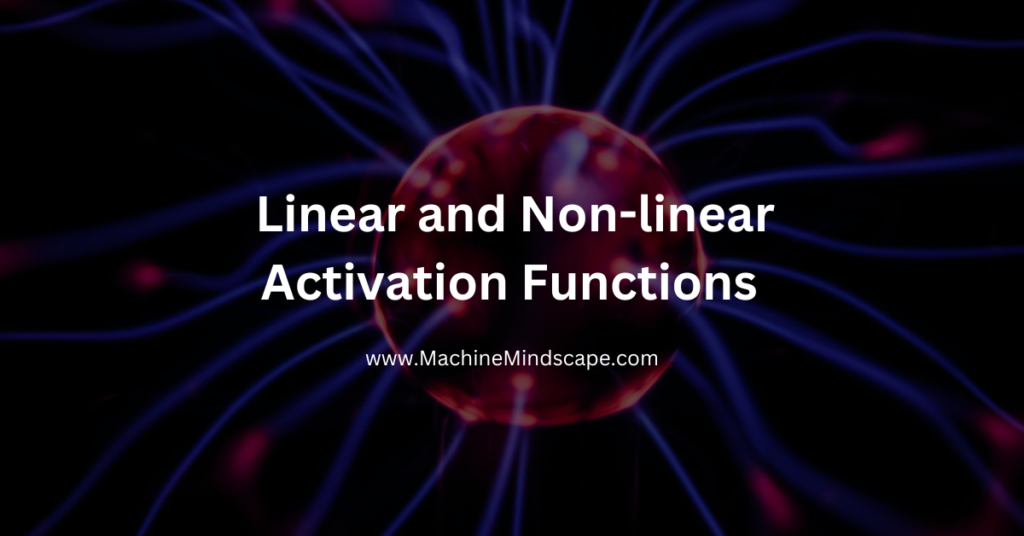In this article, I will walk you through the very basics of artificial intelligence (AI), starting with how this concept began and what was initially considered AI. As we delve deeper, we’ll explore the evolution of machine learning (ML) and neural networks (DL). The purpose of this is to introduce you to these foundational concepts and help you understand AI, ML, and DL before we start working on hands-on projects. By grasping these basics, you’ll be better equipped to navigate machine learning.
So, let’s begin!
Table of Contents
What is Artificial Intelligence (AI)?
Here’s a simple definition to understand this:
AI Policy Guide
Artificial intelligence is the effort to automate intellectual tasks normally performed by humans
But what are these intellectual tasks, and how does AI automate them? To understand this, let’s travel back to when AI was first created and explore its evolution.
In the 1950s, scientists and researchers started asking: Can computers think? Can we get them to figure things out, or do we have to stick with hard coding? This is when the term AI was coined.
A Brief History of AI
Before the 1950s, AI was simply a predefined set of rules (Symbolic AI). You can refer to this article to dive deeper into the historical context, challenges faced by early AI, and the transformative breakthroughs that led to the prominence of deep learning.
For example, tic-tac-toe and chess had hard-coded rules which the game would follow! AI wasn’t super complex at that time.

Gif Link
Take the Pac-Man game as an example: we have a ghost and Pac-Man. The ghost uses an algorithm to find the best path to reach Pac-Man—this is artificial intelligence!

Fun Fact: Did you know that the term “Artificial Intelligence” was coined by John McCarthy in 1956 during a conference at Dartmouth College? This conference marked the birth of AI as a field of study!
However, nowadays, AI has become much more complex.

Let’s dive deeper into its components:
AI, ML, and DL: What’s the Difference?
Artificial Intelligence (AI)
AI uses a predefined set of rules. We feed it some data, go through the rules, analyze the data based on those rules, and then it gives an output.

Example: Chess, Tic-Tac-Toe
Machine Learning (ML)
Rather than hard-coding the rules, machine learning takes input data and the expected output, and it figures out the rules for us.

Example: A spam email filter learns to identify spam emails based on the data it has been trained on.
Deep Learning (DL)
A form of machine learning that uses layered representations of data. In machine learning, we might have one or two layers of representation, whereas in deep learning, we have more than two layers of representation (hence the word “deep”).

Example: Voice assistants like Siri or Alexa use deep learning to understand and process speech.
Illustrative Example
Imagine teaching a child to recognize animals:
- Traditional Artificial Intelligence (AI): It’s like showing the child pictures of each animal and describing each in detail (hard-coded rules).
- Machine Learning: It’s like giving the child many pictures labeled with animal names and letting the child figure out the characteristics of each animal (learning from data).
- Deep Learning: It’s like showing the child many pictures, some labeled and some not, and the child uses patterns to learn and recognize animals even better (learning from layered data).
Real-World Applications
- Healthcare: AI is revolutionizing diagnostics, personalized medicine, and even robotic surgeries.
- Transportation: Self-driving cars are one of the most talked-about applications of AI.
- Entertainment: AI is used in recommendation systems like those on Netflix or Spotify, which suggest shows or music based on your preferences.
Fun Fact: Did you know that AI was used to create the special effects in many blockbuster movies like “The Avengers” and “Avatar”?
Summary
In this blog, I tried to cover the basics of AI that you must be familiar with before you begin working on machine learning-based projects. In the next blog, we will cover the building blocks of machine learning i.e. labels and features.
Resources
- Machine Learning for Everybody – FreeCodeCamp
- TensorFlow 2.0 Complete Course – Python Neural Networks for Beginners Tutorial



